The black-capped tanager is a small and nimble species with distinct plumage differences between males and females. They live in tropical mountain forests in northern Ecuador, Colombia, and Venezuela. These birds can also be found around the edges of sub-tropical forests, secondary woodlands, as well as in trees and shrubs in nearby open areas.
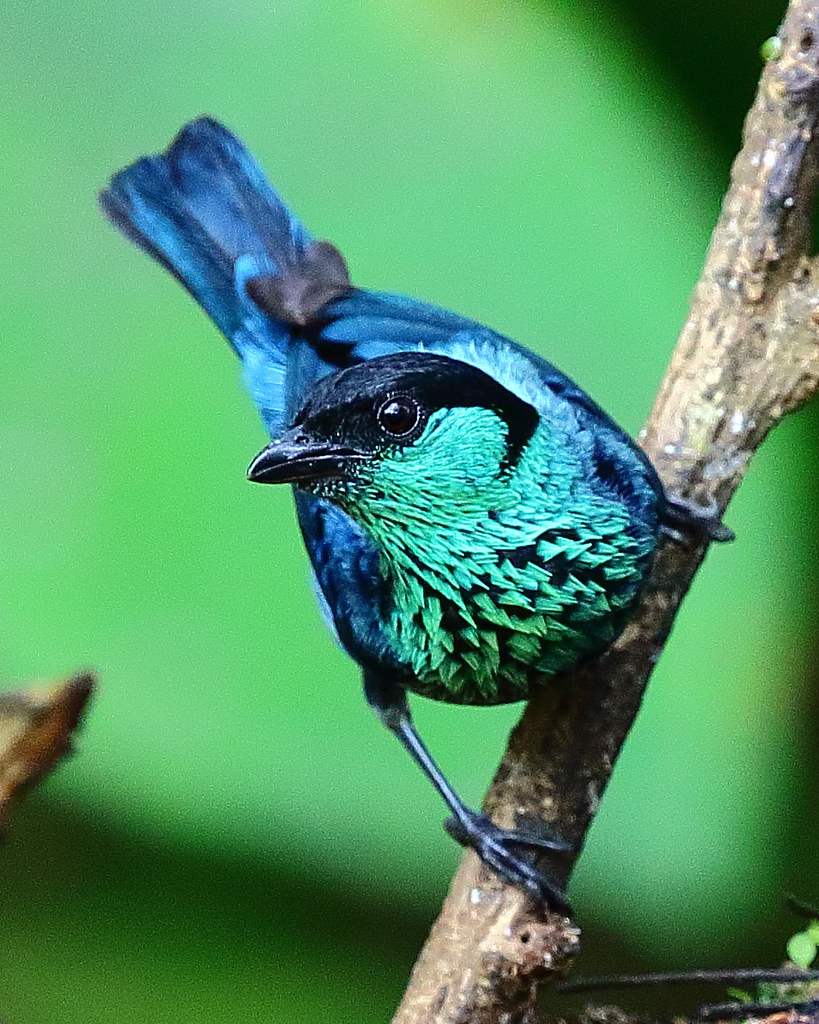
Eating Habits
The main source of food for tapirs are insects, which they find by searching through low shrubs and trees near the trunk. They can also be found eating fruits such as berries and cecropia fruit, whether on bare branches or those covered in moss.
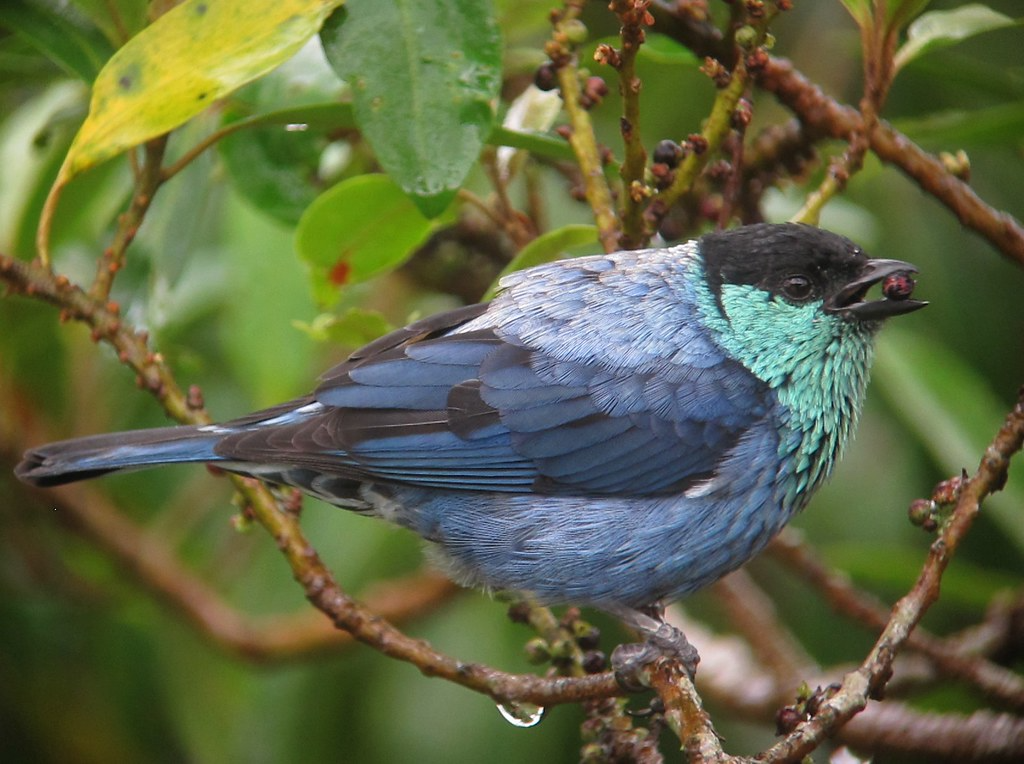
The black-capped tanager is often confused with the silver-backed tanager, which can also be found at the southern edge of their habitat. However, a noticeable difference between the two is that female silver-backed tanagers have a coppery throat instead of green like the black-capped tanager. Another similar species is the beryl-spangled tanager, which does not have the black crown and has a uniformly opalescent head.
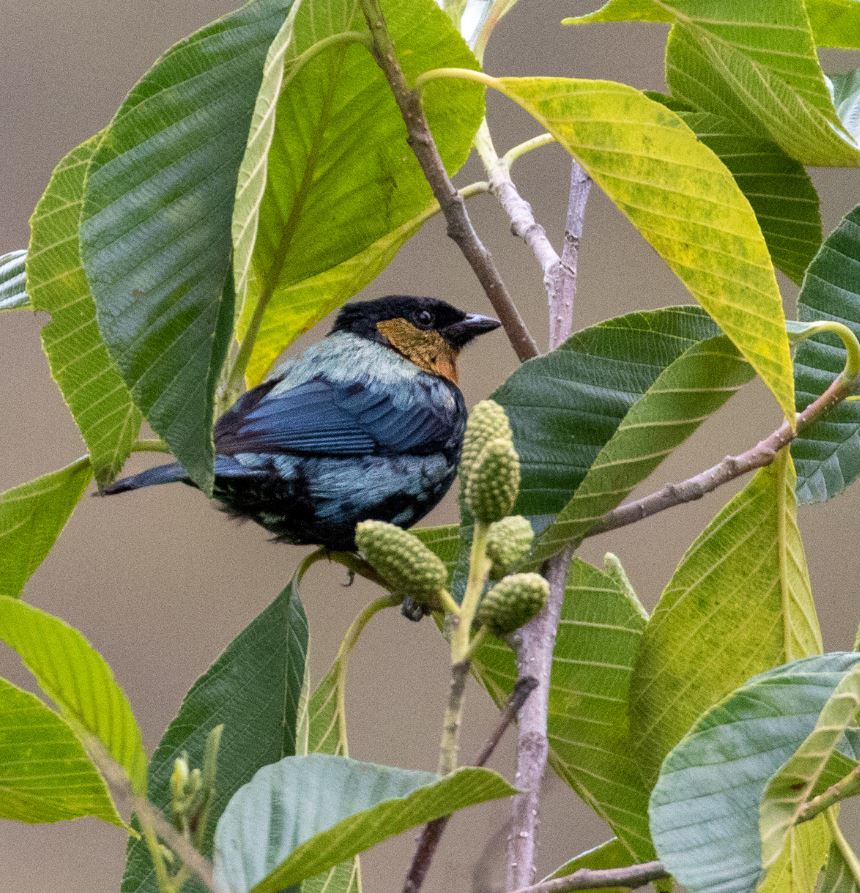
During times of increased rainfall, both male and female black-capped tanagers work together to care for their offspring by feeding them and constructing their nest. The nest consists mainly of rootlets, lichen, and sometimes moss, held together by spider webs and egg sacs. The interior of the nest contains lichen, rootlets, and strips of grass. The female shapes the nest into a cup by pressing her body down and vibrating. She then incubates the eggs for an average of 14 days while the male occasionally brings food. If a predator approaches the nest, such as the green jay, the female will sink into the nest to protect her eggs.
Black-capped tanagers are commonly seen alone or in pairs seeking shelter under branches. Their behavior and ecology share similarities with other montane Tangara species but are more often observed foraging in clearings and outside of dense forests, frequently in pairs rather than mixed flocks.
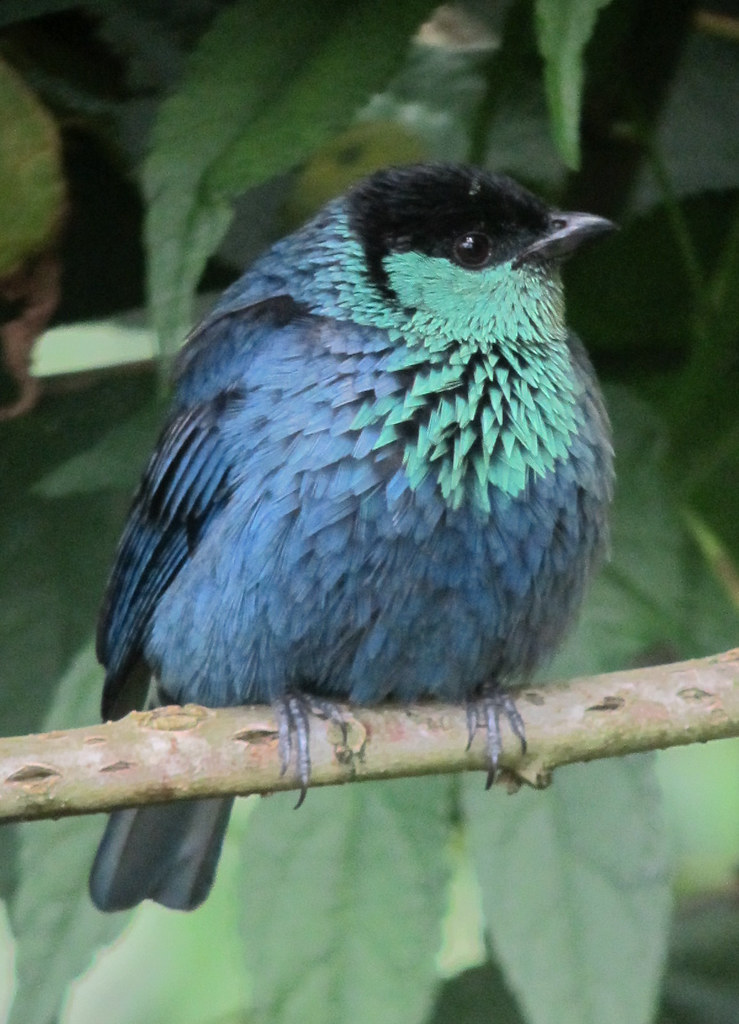
Conservation Status
The exact population of black-capped tanagers around the world is currently unknown, but they are considered rare within their range. The International Union for Conservation of Nature (IUCN) has classified them as a species of “least concern” in 2018 due to the lack of evidence for population or range declines. This classification may be attributed to their ability to thrive in disturbed forest habitats. However, potential threats may arise if disturbances such as pest infestations become more prevalent.
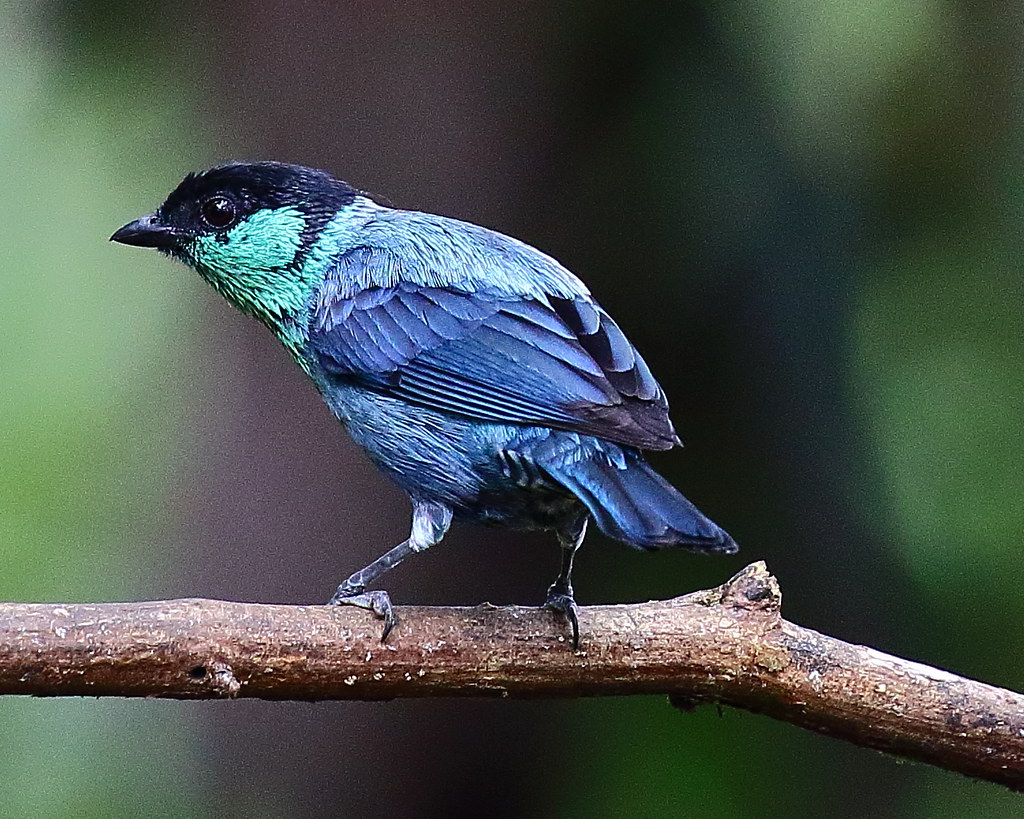
Observe this feathered creature as it carries out its daily routines in the video below:
